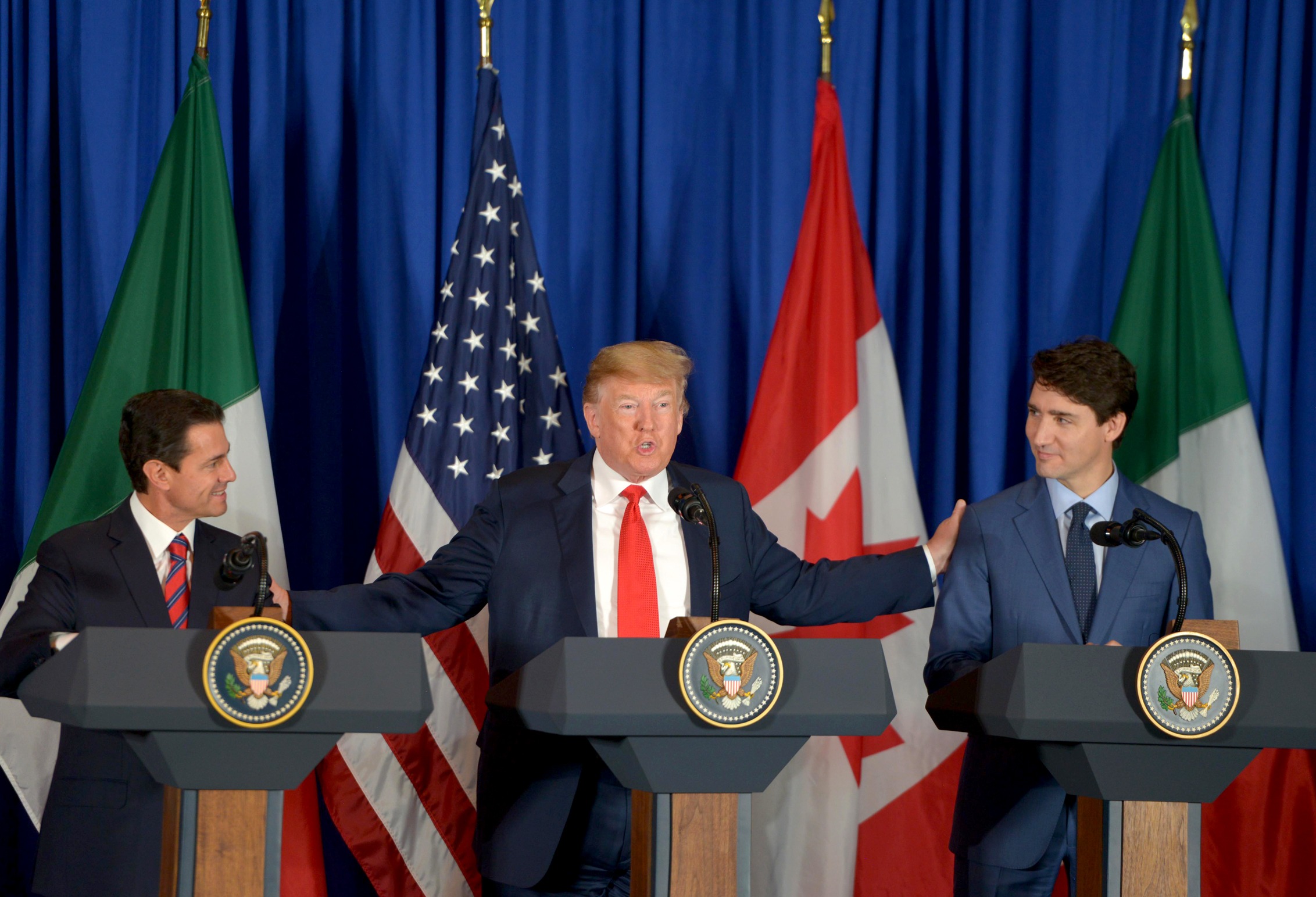With the dawn of a second Trump administration in America, speculation arises about how the next four years will look north of the border.
It’s no secret that Canadian foreign policy and economy are intricately tied to that of our southern neighbours. In fact, “Canada under Trudeau has been one of the U.S. empire’s firmest allies,” says Political Science Professor Gregory Albo.
For Trump’s second term in office, the stakes are even higher as immigration, tariffs, military defence funding, and the rise of populism are front and centre.
One sector of concern is within trade and tariff. Around 75 per cent of Canadian goods and services are exported to America, and Trump’s proposed 10 per cent tariff on all foreign imports could significantly affect Canadian suppliers. This is part of Trump’s agenda to reshore manufacturing, increase American factory jobs, and to bar imports from mass exporters like China. However, it can’t be said that exceptions will be made for Canada.
Trump’s last term had no shortage of trade disputes. In 2020, the Trump administration imposed a 10 per cent tariff on Canadian aluminum imports, to which Canada responded with punitive tariffs on American metal products, with the total amounting to $3.6 billion.
The United States-Mexico-Canada Agreement (USMCA), successor to the North American Free Trade Agreement (NAFTA) came into effect on July 1, 2020. The prime function of the USMCA is to restrict the creation of discriminatory policy to foreign goods while facilitating “cross-border commercial activity.”
One of the benefits within the USMCA is in Chapter 15 (Cross-Border Trade in Services), which reversed a policy barring Canadian broadcasting networks from replacing U.S. advertising with Canadian advertising during the Super Bowl, which redirects money back to the Canadian market.
Trump has been adamant that the other nations of NATO are failing to meet the goal of spending 2 per cent of their nation’s GDP to fund the alliance. In a 2017 statement made in Brussels, Trump held that many NATO members, “23 of 28” in fact, are “still not paying what they should be paying and what they are supposed to be paying for their defence,” one of these nations being Canada.
It is projected that two-thirds of NATO members plan on meeting the two per cent benchmark this year, but Canada’s projection is currently 2032.
For context, the U.S. spends around 3.4549 per cent of its GDP on defence while Canada’s spending currently sits at 1.37 per cent. Therefore, a second Trump term will definitely put pressure on Canada to spend more on the military.
Within the immigration sector, Trump’s policy on mass deportation of those without legal authorization in America — almost 11 million people — has the potential to overwhelm the Canadian border. In 2017, Trump’s first year in office, 1,949 asylum seekers were denied entry into Canada, an increase from 731 being turned away in 2016, and 418 in 2015. Former Immigration Minister Jason Kenney told CBC News that Canada does not have the capacity to police borders with a wave of immigrants in these numbers.
Albo claims that outside of these three sectors, it would be difficult for Trump to apply a harsh pressure on Trudeau “as the economies are so intertwined, and further measures would harm the investments of U.S. capital in Canada.”
Another cause for concern is the rise of far right populism and Trump’s potential influence on Conservative party leader Pierre Poilievre. Albo emphasizes the implications of Trump’s populist campaign: “The impact in Canada will be to give further impetus to the remaking of the Conservative party under Poilievre in a similar weighting to the far right […] Like in the U.S., the prospect for a crash of the centrist vote of the Liberal party seems quite possible.
“Trump’s electoral victory is part of wider political shifts in global capitalism. On the one side, the collapse of the vote of liberal centrism,” explains Albo. “On the other, the growth of the electoral vote for parties of the hard right while still maintaining the voter base of traditional conservatism.”
This global shift has the potential to influence Canadian voting, with the next federal election set for Oct. 20, 2025.
Whether it be through the profit of businesses and resource exporters, foreign immigration policies, re-allocation of government funds, or the rise of populism, the impact of Trump’s administration is sure to be felt among Canadians.


